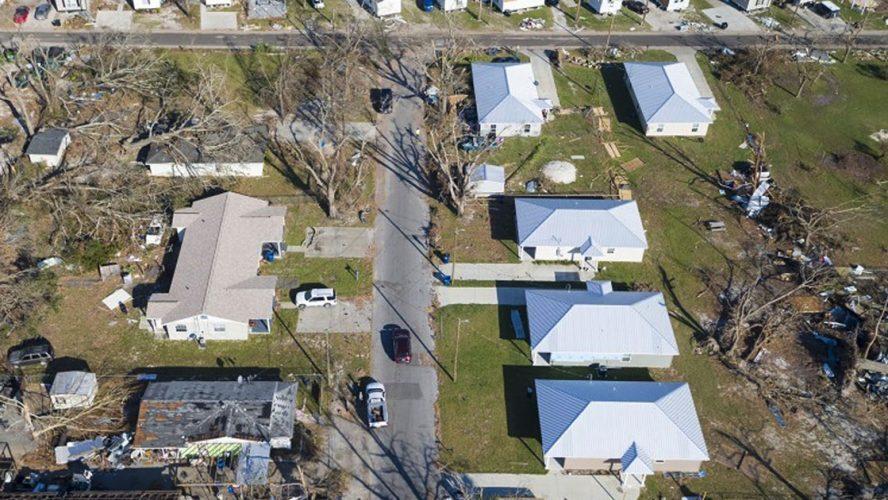Initially Seen on Business and Tech

Today, a smart home means a more convenient life. But what could be more convenient than protecting homes from avoidable damage?
Too many homes are vulnerable to floods, tornadoes, and hurricanes. When a disaster happens, families are displaced, irreplaceable items are lost, and finances are strained as people rebuild.
There are options to build safer, stronger homes. The first step is to meet the building code. This is harder than it sounds. Building codes are minimum standards, yet nearly 30 percent of new homes are built where there is no code or where codes are over 20 years old.
Going beyond
After meeting the code, it’s time to go beyond it. This is where a home becomes truly “smart.” The easiest way is to use FORTIFIED Home™ construction standards. FORTIFIED homes withstood category 5 Hurricane Michael. It’s also important to note that 95 percent of the nearly 17,000 FORTIFIED homes that withstood Hurricane Sally had little to no damage. Those homeowners were not displaced, had no insurance claims, and saved up to 55 percent on their insurance for owning a FORTIFIED home. That’s smart.
Flooding is the most common disaster. An inch of floodwater can cause $25,000 in damage, so buy flood insurance from the National Flood Insurance Program or private flood insurance companies.
Other tips
Beyond insurance, new homes should be built three feet or more above the base flood elevation. Existing homes can be elevated, which is an expensive but worthwhile investment. Other steps can be taken, too, such as dry floodproofing.
A smart home is also energy efficient. Many new homes meet modern efficiency standards. Existing homes can be updated to save money and reduce resource use. Finally, a smart home is adequately insured. Get replacement cost value coverage, review insurance policies every year, and have wind insurance if it’s a separate policy. Also, know that homeowners may have to pay more than one deductible if their home is damaged.
Once the home is FORTIFIED, flood-resistant, energy-efficient, and adequately insured, it’s smart. The home can better protect all the other investments made to the property, including the refrigerator that orders groceries.